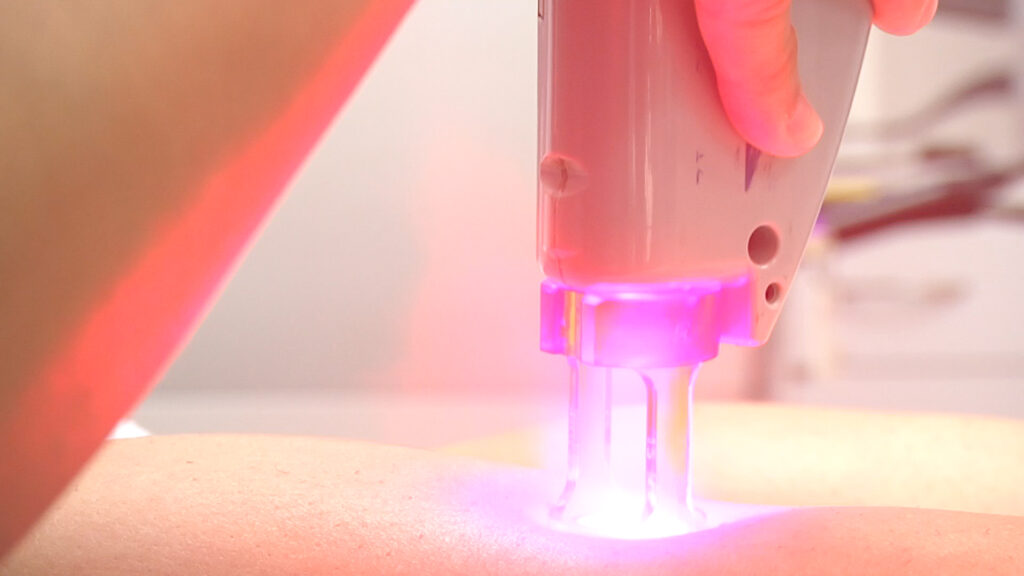In the pursuit of silky-smooth skin, laser hair removal (LHR) stands out as a sought-after solution for long-lasting results. But how exactly does this high-tech method work, and what makes it so effective? Let’s delve into the science behind laser hair removal to reveal why it’s considered a superior hair reduction technique.
The Basics of Laser Hair Removal
Laser hair removal is a medical procedure that uses a concentrated beam of light to remove unwanted hair. During the process, a laser emits a light that is absorbed by the pigment (melanin) in the hair. The light energy is converted to heat, which damages the hair follicles that produce hairs. This damage inhibits or delays future hair growth.
The Types of Lasers Used
There are several types of lasers used in hair removal, each suitable for different skin and hair types. The most common include:
- Alexandrite: Best for light to olive complexions.
- Diode: Effective for light to medium skin tones.
- Nd:YAG: This laser can be used on all skin types, including tanned skin.
- Intense Pulsed Light (IPL): Not a laser per se, but uses similar principles and is suited for light skin
The Treatment Process
LHR treatments typically involve the following steps:
- Consultation: A meeting with a licensed practitioner to discuss treatment goals, potential risks, and the number of sessions required.
- Preparation: The treatment area is cleaned, and hair is trimmed to a few millimeters above the skin surface.
- Protection: Eye protection is used to prevent eye damage from the laser.
- Adjustment: The laser equipment is adjusted according to the color, thickness, and location of your hair as well as your skin color.
- Procedure: The technician will apply a pulse of light to the treatment area and watch the area for several minutes to ensure the best settings were used and to check for bad reactions.
- Recovery: After the procedure, you might receive ice packs, anti-inflammatory creams, or lotions to ease any discomfort.
Why Choose Laser Hair Removal?
The benefits of LHR are numerous:
- Precision: Lasers can selectively target dark, coarse hairs while leaving the surrounding skin undamaged.
- Speed: Each pulse of the laser takes a fraction of a second and can treat many hairs at the same time.
- Predictability: Most patients have permanent hair loss after an average of three to seven sessions.
Aftercare and What to Expect
After the treatment, you may notice redness and swelling for the first few hours. For skincare post-treatment, you should:
- Avoid sun exposure — both natural sunlight and tanning beds — for six weeks after treatment or as directed by your technician.
- Apply a broad-spectrum SPF30 sunscreen daily.
- Follow any additional aftercare instructions provided by your hair removal specialist.
In conclusion, laser hair removal offers a scientifically-backed, efficient method for reducing hair growth over time. With the understanding of how it works and what to expect, you’re well-equipped to decide if it’s the right option for you. Remember, for the best results, always consult with a certified dermatologist or a licensed laser hair removal technician.



